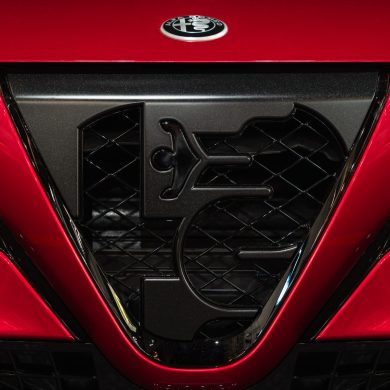At three o'clock on Saturday 15 June, the famous Le Mans race begins at the Sarthe circuit. Dunlop, the most successful tyre company in the history of the 24-hour race, is heading to this particular circuit with clear objectives: It intends to help Dunlop-partnered teams win the world's most prestigious endurance race, while supporting the Jackie Chan DC Racing team in its quest to win the FIA World Championship title. Dunlop is aiming to secure its 9th consecutive victory in the LMP2 class, the only class where there is a 'battle' between tyre manufacturers.
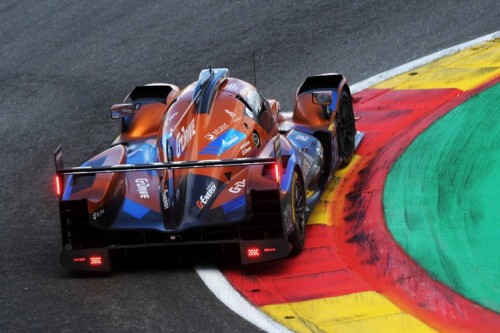
The LMP2 class (for prototype cars all using a 600bhp Gibson V8 engine) contains nine teams that choose to race on Dunlop tyres.
The grid includes a mix of teams from the FIA World Endurance Championship (WEC), the Asian and European versions of the Le Mans Series (ELMS). Dunlop's partners include a two-car entry from the Jackie Chan DC Racing team. Their car number #38 (Gabriel Aubry, Stéphane Richelmi and Ho-Pin Tung) is just four points off the WEC championship lead. The 24 Hours of Le Mans is the final race of the 2018/19 WEC season so the trio, who drive an Oreca, have their sights set on both the title and winning the race itself. Tung set the fastest time in pre-race testing on Sunday 2 June.
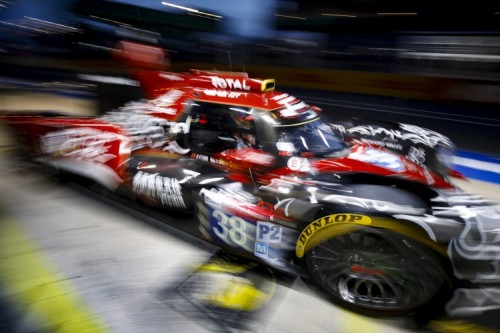
From the European version of the Le Mans Series, the champion G-Drive team will be aiming to repeat their recent 4-hour triumph at Monza in their Aurus. Roman Rusinov, Job van Uitert and Jean-Éric Vergne lead the ELMS 'usual suspects' who have already qualified for the 24-hour race.
Dunlop engineers key players in the team's decision-making process
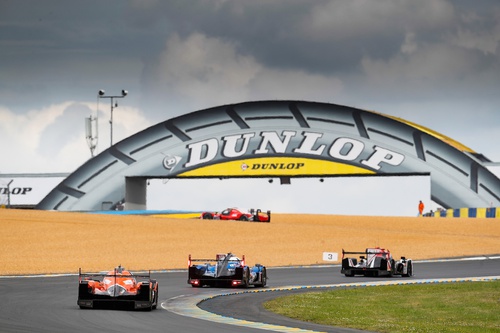
Dunlop does much more than provide tyres to its partners. It will send over 50 specialists to Le Mans and within this elite team will be a 'core' of trackside support engineers assigned to each team. Their job is to monitor the tyre performance of each car but also to advise on the team's decisions on when to make tyre changes. Le Mans regulations restrict teams to having only 2 wheel change guns, which means that a tyre change is much more time consuming than a standard F1 tyre change. This rule forces Dunlop to provide even more durable tyres which will not show a reduction in performance over long mileage. Teams are expected to do a "quadruple stint", meaning that in three of the four pit-stops the car can be refuelled, but teams can choose not to change tyres.
Four stints at Le Mans equals more than 2 F1 races, which means that one set of Dunlop tyres will cover a distance that would normally require six sets of tyres in F1. It is precisely this quest for performance and durability that makes Le Mans such an exciting challenge for tyre manufacturers, in the words of Mathias Kipp, Dunlop Car Motorsport Manager: 'We relish the prospect of an intense race between cars, drivers and tyre manufacturers. Our team of experts will be deeply involved in the strategic decisions during the race, guiding our partners to the right choice of Dunlop tyres in every situation."
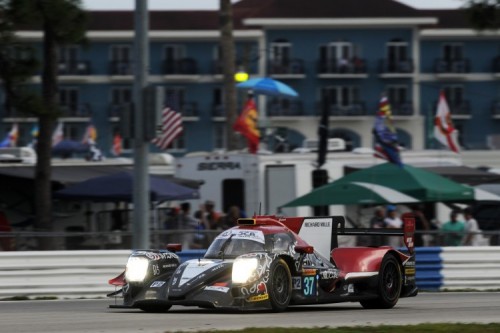
In dry conditions Dunlop will focus on 2 main tyre options for the LMP2 class. The soft A-spec tyre will most likely be used in cooler, nighttime conditions. The C-spec tyre, which features a slightly stronger and more durable compound, combined with an updated and more carefully tailored construction, will be the choice for warmer conditions.
Mike McGregor, Trackside Support Manager explains the reasoning: "We have done extensive testing to focus on the transition period between the two tyres. Both the Dunlop A and C specification tyres have very wide margins of use, meaning that both can be used for quadruple stints as the temperature drops in the evening and rises again at sunrise. The choice of which tyre to use will depend on the driver's preference and the judgement of our engineers in relation to race strategy, temperatures and track conditions."
In wet conditions, Dunlop's intermediate tyre has the unique ability to provide traction in both dry road conditions and heavy rain. "In some WEC and ELMS races, this adaptability has helped teams grab victory by not having to stop when conditions changed," added McGregor.
Teams can use up to 56 dry-weather tyres with no limit on the number of wet and intermediate tyres.
The Dunlop bridge is renewed
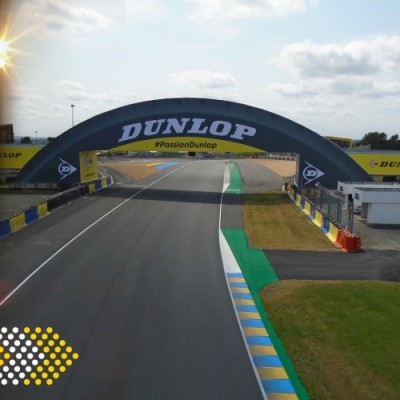
The Dunlop Bridge at Le Mans is one of the most iconic automotive landmarks in the world. Ahead of this year's 24-hour race, Dunlop revamped its design, giving it a dynamic new profile to reflect both the brand's heritage and its ambitious growth plans.
The Dunlop Bridge, which has been part of the Le Mans backdrop since 1923, has been given a major overhaul with a more "lively" rendition of Dunlop's classic yellow and black style and carries the #PassionDunlop message. This is the most significant investment in the famous manufacture since it moved to its current location 30 years ago.
The first Dunlop Bridge was located closer to the town, at the closed bend of the Pontlieue. When the circus was reduced in size, it was moved to the first bend, with a second bridge being built later at Tertre Rouge. This in turn was removed when the circuit was redesigned in 1979, leading to the movement of the bridge at the top of the Dunlop turns in 1987.




